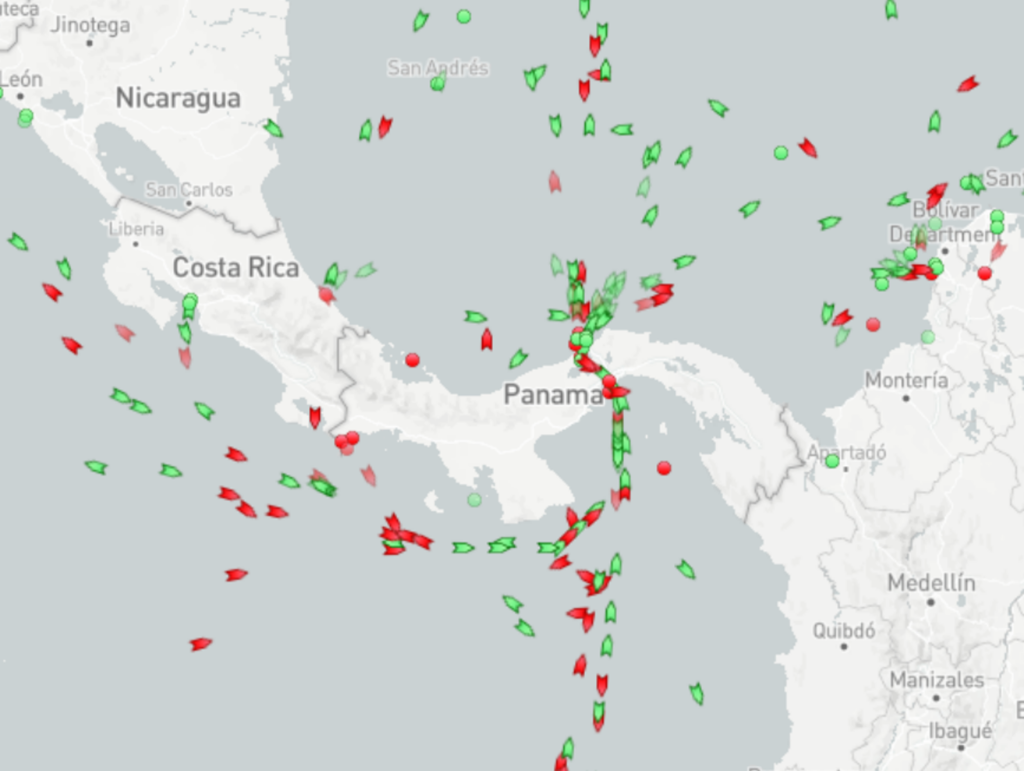Yesterday’s Producer Price Index and this morning’s Consumer Price Index (both for September) each confirm robust US demand (more and more and more). Most American consumers remain active and ready to spend.
Pricing trends suggest that demand exceeds current supply in several categories, including shelter, energy, and most energy-related categories such as transportation. This summer prices for used cars and trucks softened considerably, implying a better balance of supply and demand than this Spring or most of last year. Where prices have fallen most (e.g., natural gas), it is often the result of previous price-increases arguably over-shooting any credible mismatch with supply — and/or over-estimating demand.
Over time price increases that maintain or exceed recent profit margins typically attract more reliable supply — at least until prices reach a point of demand destruction. Mature markets sometimes feature disciplined (often dominant) suppliers reluctant to increase costs or reduce margins related to shifts in demand perceived to be ephemeral. Immature markets often do not have the existing capacity to fulfill demand significantly higher than long-expected. Gradually increasing demand is, usually, the most supportive of Supply Chain Resilience.
I expected increased demand for food during the pandemic would prove transitory. Instead it seems to have claimed a new normal, please see chart below. Both Food At Home (blue line) and Food Away From Home (red line) have far outpaced any prior rate of sustained growth. Fulfilling this demand was a challenge between 2020 and early 2022. But this year a healthy equilibrium of demand and supply seems to have been achieved. According to the Bureau of Labor Statistics:
The food index rose 0.2 percent in September, as it did in the previous two months. The index for food at home increased 0.1 percent over the month, after rising 0.2 percent in August. Three of the six major grocery store food group indexes increased over the month. The index for meats, poultry, fish, and eggs rose 0.5 percent in September as the index for pork increased 1.6 percent. The index for other food at home increased 0.3 percent over the month and the index for dairy and related products rose 0.1 percent. The index for cereals and bakery products decreased 0.4 percent in September, the first decline in that index since June 2021. The fruits and vegetables index was unchanged over the month, as was the nonalcoholic beverages index. The food away from home index rose 0.4 percent in September. The index for limited service meals and the index for full service meals each increased 0.4 percent…. The food at home index rose 2.4 percent over the last 12 months… The index for food away from home rose 6.0 percent over the last year.
Food and fuel have often been the most volatile elements in the Consumer Price Index. During 2023 Food At Home has been remarkably stable. This reflects strong upstream capacity, efficient midstream distribution, a competitive downstream retail context, and persistent, consistent consumer demand (more) that has — so far — resisted down-shifting much from the new normal achieved over the last year-plus.









